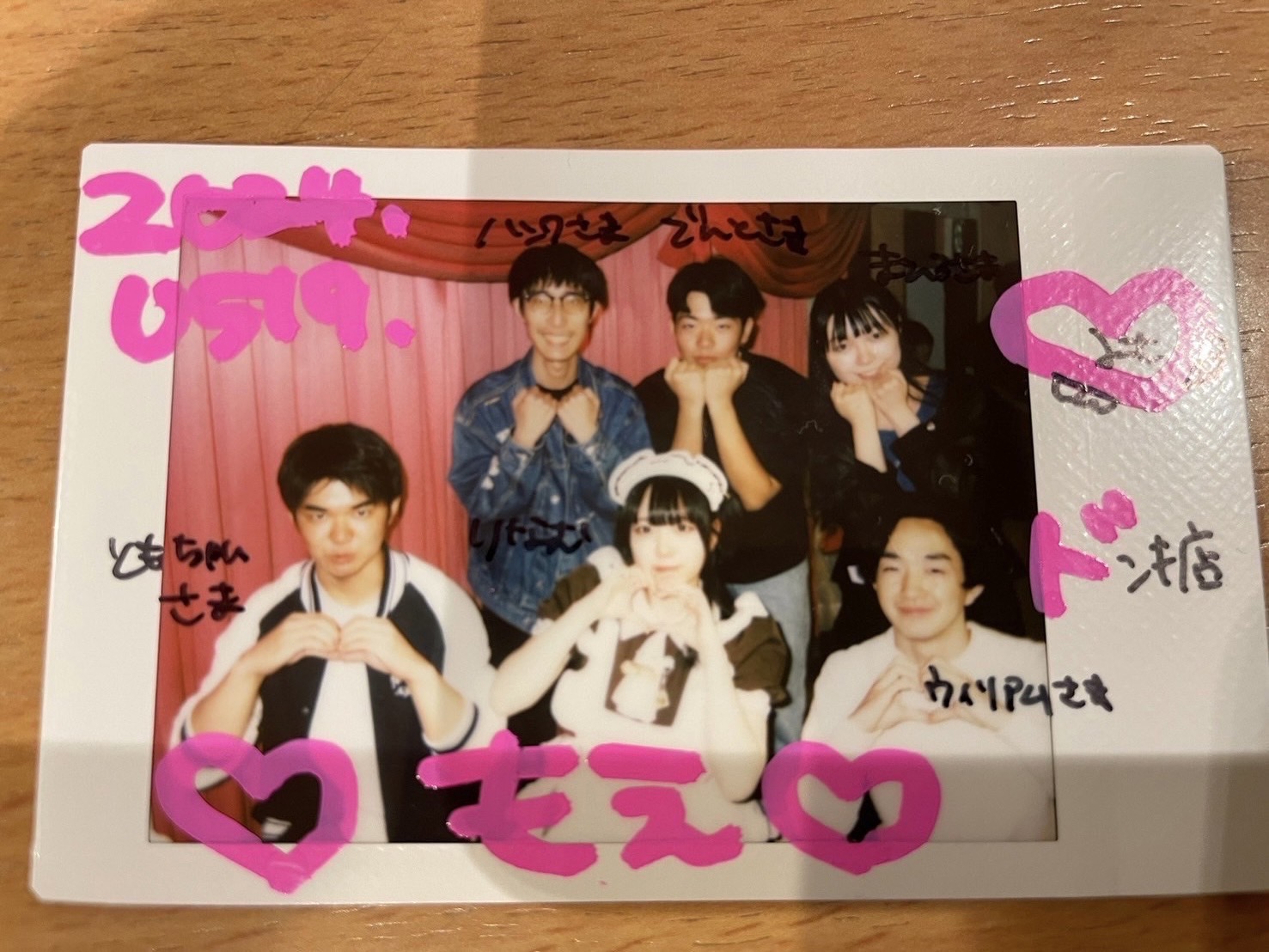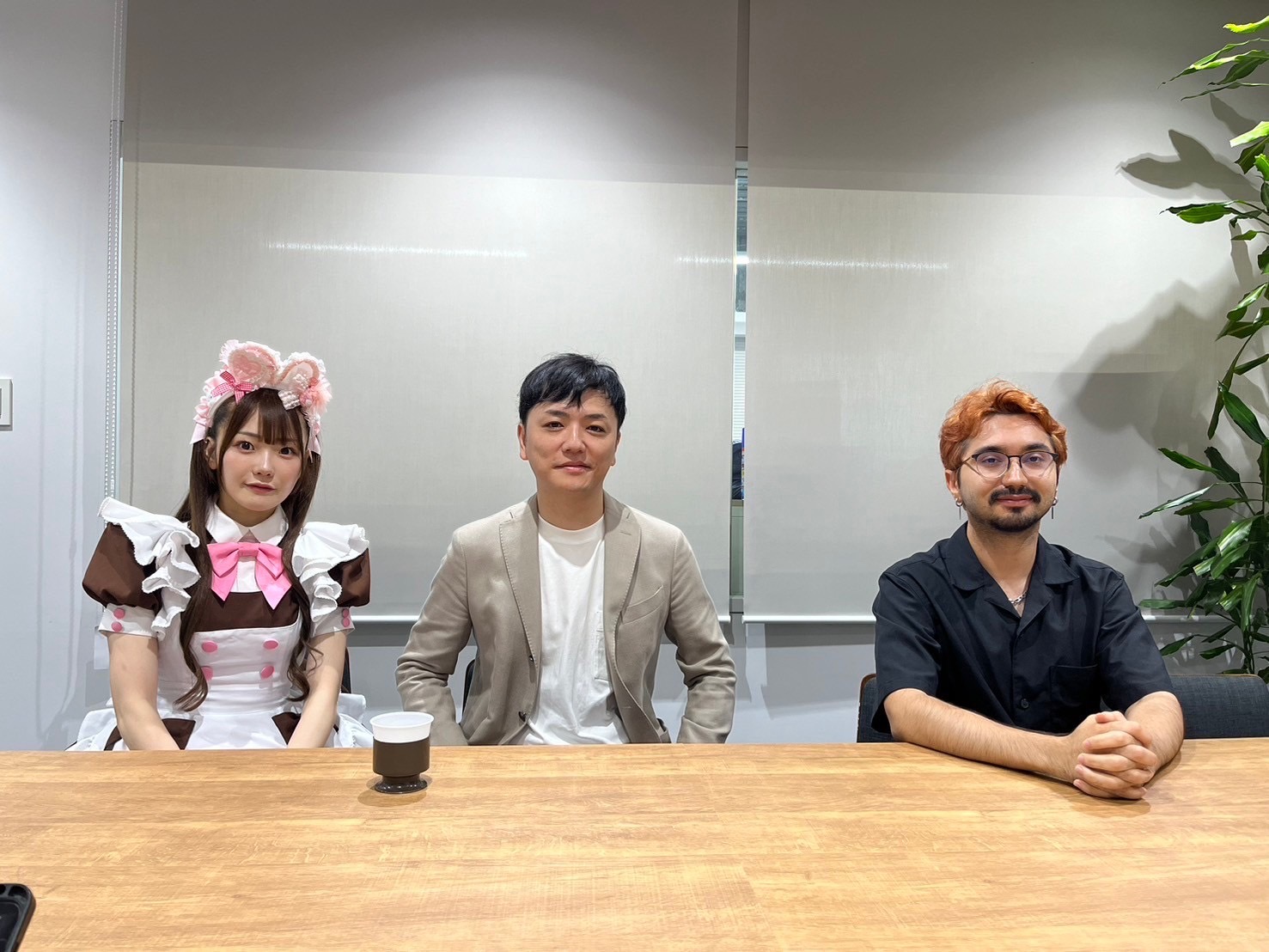The Contradictions of Japanese Immigration Policies
In order to cope with a labor shortage due to the increasingly aging society by allowing more foreign workers, last April, the amendment of Immigration Control and Refugee Recognition Act (Immigration Act) was put into effect. The questions concerning the admission of foreign workers attracted nationwide attention and the various polls showed that public opinion was divided on the question whether Japan should admit more foreign workers. Almost a year has passed since the amendment became effective. Can we now substantially say that Japan is now heading towards becoming a “country of immigrants”?
To begin with, what is the distinction between “foreigners” and “immigrants” in Japan? It is presumed that the most Japanese people mean by “foreigners” the increasingly prevalent inbound tourists, while they mean by “immigrants” particularly the foreign workers in convenience stores or factories.
However, such tourists or workers are not the only foreigners or immigrants in Japan. Thousands of foreigners are detained for a long time in immigration facilities across Japan. We cannot fully talk about Japanese immigration policies without mentioning the issue of immigration detention.
We had an interview with Kashiwazaki Masanori, a member of SYI (Immigration Detainee’s Friends) in order to know the problems of Japanese Immigration Policies and the difficulties surrounding foreign residents in Japan. SYI, formed in 2009, is an activist group which regularly publishes information about immigration detention given by immigration detainees, and organizes protests to demand the improvement of immigration policies, especially immigration detention.
The Systemic Problem of Japanese Immigration Policies
The Immigration Services Agency (or Immigration Bureau[*1]) became in April 2019 an outer bureau (gai-kyoku), an independent branch affiliated to the Ministry of Justice. Even before the reorganization above, it had been given strong discretionary powers, especially in detention and deportation, which is almost totally free from judicial check, and to which the legislative branch rarely gives the direction. Kashiwazaki points out the fundamental problem of Japanese Immigration Policy lies in this structural flaw.
One example would be the implementation of Provisional Release, which is allowed to an immigration detainee who applies for it and meets uncertain requirements. According to the latest internal direction of Immigration Bureau concerning Provisional Release issued on 28 February 2018, certain sorts of immigration detainees (those considered to have recidivist tendencies or the possibility of committing a second crime, etc.) are not to be granted Provisional Release even when their health conditions deteriorate seriously. Essentially, it is the juridical branch and the police that should be responsible for treating criminal cases.
However, the internal direction in 2018 virtually gives to immigration detention the function to control the crimes. Moreover, it even makes immigration a sort of preventive detention, the imprisonment for non-punitive but preventive purposes. Such measures appeared, for example, in the 1941 Amendment of the Security Preservation Act (chian iji ho) introduced in Imperial Japan, later abolished after World War II.
Nothing prevents Immigration Bureau from taking such excessive measures under the ongoing legal system which grants it large discretionary power. Immigration Bureau enforces the law based on its unfair and arbitrary judgements against those under deportation or asylum processes. Its free hands in detention and deportation frequently causes human-rights abuses and extremely long detention period.
[*1]:This article uses “Immigration Bureau” as a general term that is in charge of immigration and detention regardless of the periods. Immigration Bureau changed its name to Immigration Services Agency in April 2019.
Immigration Bureau under the Covid-19 Pandemic
According to immigration detainees, Kashiwazaki said, in early April, a man, who had been detained at Tokyo Regional Immigration Bureau for several days, told other immigration detainees that he had a fever, and had no sense of taste when eating or drinking, which is commonly known as one of the Covid-19 symptoms. Soon after that, many officers took him somewhere, and no one has seen him since then. Thus, a person who could be easily suspected of having Covid-19 disappeared.
Though it is impossible to know where this man went due to the lack of information, Kashiwazaki guesses that Immigration Bureau allowed Provisional Release. But if so, this decision must be regarded as a very arbitrary decision because Immigration Bureau does not usually allow Provisional Release even to those suffering from serious health conditions and in need of surgical operation.
It is unlikely that the man was deported to his country under worldwide travel restrictions due to the international Covid-19 pandemic. Therefore, it is reasonable to assume that Immigration Bureau released him immediately after taking him out of detention facilities so it could avoid public criticism that it could not have prevented the Covid-19 infection in detention facilities.
Although Immigration Bureau rarely permits Provisional Release on the pretext that immigration detainees may commit a crime, in this case, it suddenly expelled immigration detainees from detention facilities who have a possibility of being infected.
Immigration Bureau wants to avoid criticism by receiving public attention that Covid-19 cases are found in detention facilities at all costs. It seems that Immigration Bureau just wants to save its face. Of course, this is just a supposition, but if it is true, this gives a good example of inconsistency and foolishness of Immigration Bureau.
Infection Risk in Immigration Detainees
On April 14th, the Minister of Justice announced that it “flexibly implements” Provisional Release as a measure of preventing the spread of Covid-19 infection among immigration detainees. Usually, immigration detainees are in large part, forced to share one room with two to six people, making it nearly impossible to prevent a crowded situation which makes it highly likely for Covid-19 to spread. This announcement by the Minister of Justice meant that the reduction of the number of immigration detainees.
However, the implementation of this policy varies among local detention facilities across the country. For example, while the number of immigration detainees at Tokyo Immigration Bureau decreased considerably after that, the number of Provisional Release granted by Higashi-Nihon Immigration Center from the end of March to the end of April marks, 15% a low rate[*2], which makes it questionable whether this is sufficient to prevent the crowded situation there.
According to the immigration detainees, says Kashiwazaki, most of those whom Tokyo Immigration Bureau permitted Provisional Release in that period were the ones who accepted the deportation order but could not set a flight schedule due to the current situation. However, on the other hand, it does not grant it to the most of those refusing to leave Japan and being detained for years. Even at the national level, the number of immigration detainees had declined only by about 200[*3] from the end of March to the end of April.
Kashiwazaki points out that long term detention serves as a means to enforce the deportation by depriving immigration detainees of freedom endlessly to make them give up their will not to go back, and Immigration Bureau seemingly clings to this way even under the current Covid-19 pandemic.
[*2]:We calculated based on the document of “Change in the number of immigration detainees” Kashiwazaki gave us when we interviewed him. March 31st marks 264 and April 30th marks 224.
[*3]:This is also based on the document of “Change in the number of immigration detainees”. March 31st marks 1104 and April 30th marks 914.
Lack of Accountability and Gender Discrimination
On April 25th, two detention blocks for women at Tokyo Immigration Bureau collectively demanded the authorities to explain why those detained for years have not been released even under the current pandemic, while those who accepted deportation had been released, and then refused to go back to their own room.
However, ignoring this demand, the officers oppressed these blocks mercilessly and brutally. They threatened the women that the participants of this demand would not be granted Provisional Release, and many male and female officers came into the blocks. Some male officers treated female immigration detainees in an extremely violent way such as pressing a woman’s head on the floor and breaking into shower stalls where a woman was still taking shower, and forced her to go back to her room.
On the contrary, when some blocks for men demanded the same thing, officers did not take such violent measures but tried to persuade them verbally. The officers could have taken the same way to the female blocks, as there were no obstacles in verbal communication because, according to Kashiwazaki, more than 80% of those detained for a long time speak fluent Japanese. Therefore, in these conditions, it cannot be helped if someone doubts that personnel of the Immigration Bureau have discriminatory tendencies against women.
Nowadays, it is becoming more and more ordinary to see foreigners in cities as the number of tourists visiting Japan is rapidly increasing. It seems that Japan is becoming an increasingly “open” and “tolerant” country. However, Immigration Bureau is an organization completely opposite to the words “open” and “tolerant”. Immigration Bureau is a “closed” and “intolerant” organization because of its extraordinary position of not having any external third-party observers, not to mention its violation of human rights, almost unbelievable in the 21st century.
If you view the countless examples shown in posts on the blog of the SYI, you can easily understand that Immigration Bureau is violating human dignity. Because of the closed structure of Immigration Bureau, most of the human rights violation are not rarely known to the public. That is why it is significant to continue to protest against Japanese Immigration Policies based on the fact revealed in the meeting which SYI holds regularly with immigration detainees.
At last, let me mention again the question posed in the beginning of this article. If Japan aims to substantially become a “country of immigrants”, Immigration Bureau, which controls immigration will play far more important role than it currently does now. However, unfortunately, current Japanese Immigration Policies condone brutal human rights violation.
Under these circumstances, it is hard to think that Japan currently has appropriate policies that is enough to accept thousands of immigrants. Under this incomplete policy, the number of foreigners who are going to be violated their human rights by Immigration Bureau will increase even without public attention. In this situation, how can we say that Japan is now substantially heading towards becoming a “country of immigrants”?
Written by Kento Kasuya, Koya Hirosako
Edited by Kento Kasuya


